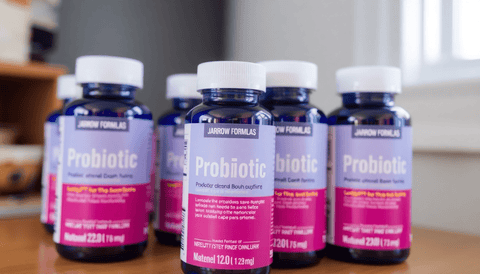Probiotic cfu comparison is all about looking past flashy claims and focusing on the numbers that describe viability and potency. In this context, CFU stands for colony-forming units, a count used to express how many viable units are present per serving or per container. A thoughtful probiotic cfu comparison emphasizes consistent labeling, per-serving counts, and how those counts change over a product’s shelf life. Importantly, this discussion stays neutral on health outcomes and instead centers on measurement practices, reporting transparency, and how different products structure their potency data. When you compare potency, consider several key factors. First, distinguish CFU counts at the time of manufacture from CFU counts at the point of expiration or use-by date, since viability can decline over time. Second, pay attention to strain-level differences and the number of strains included, as these influence the overall reported CFU total. Third, review the methods used to determine CFU—such as plate counting versus molecular approaches—and note any caveats about detection limits or viability versus DNA presence. Finally, check how labeling accounts for serving size, number of servings per container, and whether potency claims are backed by independent testing or warranty statements from the manufacturer. Reliability is another crucial pillar in a probiotic cfu comparison. Look for evidence of batch-to-batch consistency, how stable the product is under typical storage conditions, and the stated storage requirements (for example, refrigeration versus room temperature) along with the listed shelf life. Transparency matters: a clear certificate of analysis, lot-specific testing data, and references to third-party verification can help gauge reliability. Be mindful of potential variability between lots and the impact of packaging integrity, packaging date, and the cold chain on reported CFU counts. A robust comparison aligns on standardized reporting practices rather than relying solely on marketing numbers. Real-world gut results—often the most cited part of a probiotic discussion—benefit from a cautious, data-driven approach in a probiotic cfu comparison. Rather than assuming uniform behavior across products, assess how CFU counts are maintained through GI-like conditions, formulation matrices, and delivery formats. In vitro models, simulated digestion tests, and independent performance data can provide context for how viability may behave in practice, without asserting health benefits. By collecting and comparing labeling accuracy, storage and expiry details, testing methodologies, and independent verifications, you can build a rigorous probiotic cfu comparison that stays focused on measurement quality and reliability rather than unverified outcomes.

